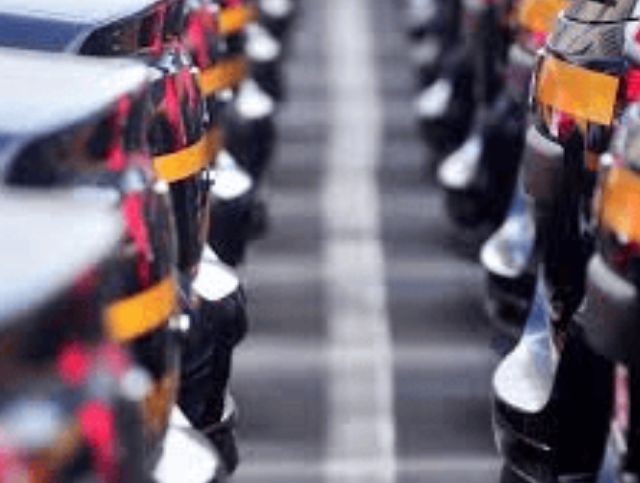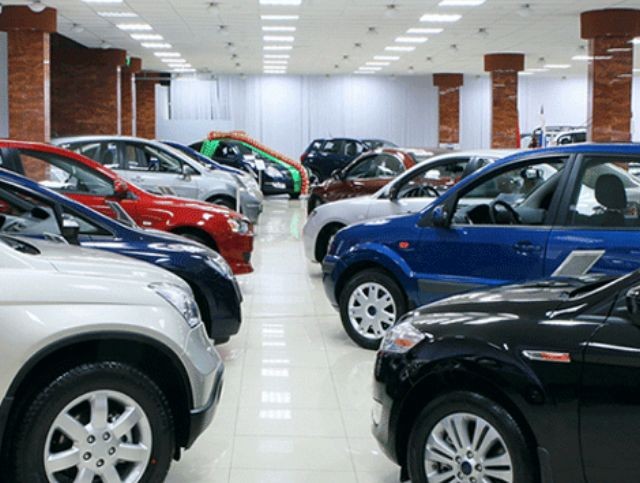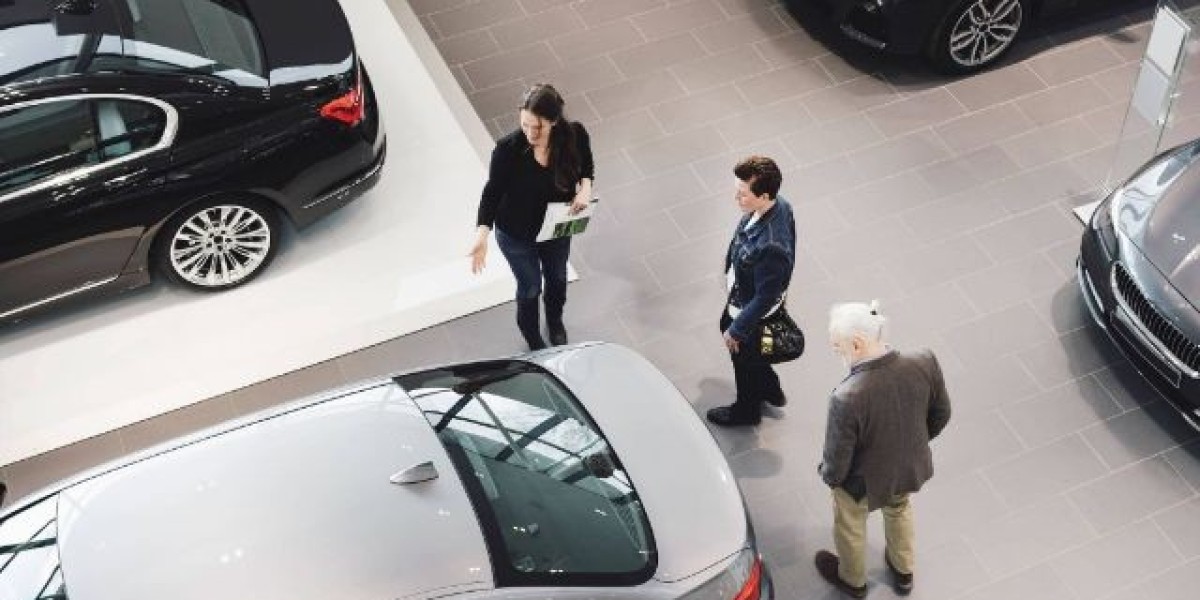The physical presence and layout of the dealership environment will need to change due to extreme disruption and market changes, particularly as "connected, autonomous, shared, and electric vehicles" (CASE) technologies and digitization become more widely accepted.
Dealers' sales and earnings will decline precipitously as a result of ride-sharing services, online purchasing, autonomous vehicles, and accident avoidance technologies.
As a result, both automakers and dealers need to reconsider how this retail industry will develop.
Metropolitan Australia's perimeter dealership real estate is under unprecedented pressure to be released to higher-value applications, similar to other worldwide markets.
Simultaneously, there is a growing need to realize greater values, increase density, integrate industrial operations with other land uses effectively, and locate and organize industrial activities in novel ways.
''Congestion in metropolitan areas, the growth of e-commerce, and changing consumer behavior are all threatening to upend established real estate markets. The secret is to come up with creative answers.'' - Head of Savills' Industrial and Logistics Research, Kevin Mofid
DISRUPTIONAL FEATURES
The following traits define the sector's disruption:
shifting the revenue pool's composition to include data-driven and on-demand mobility services. More precisely, the business is referring to this as: MaaS (mobility as a service) or TaaS (transport as a service)
Because of the sharing economy, autonomous electric vehicles (AEVs) under the TaaS model are usually owned by fleets rather than by individual owners.
MaaS refers to the combination of several transportation providers into a single on-demand mobility solution.
Owing to a more intricate and varied mobility business environment, established firms will need to collaborate with rivals and engage in simultaneous competition on several fronts.
In the end, the integration of TaaS and MaaS will mean the abolition of combustion engines and individual automobile ownership.
DATA AND STATISTICS
Global auto sales will rise overall, but by 2030, the yearly growth rate is predicted to fall from the 3.6% it has been growing at over the previous five years to about 2%.
Since April 2018, Australia has seen dropping sales for 16 months in a row.
By 2030, fully autonomous vehicles may account for up to 15% of newly marketed vehicles when technical and legal challenges are addressed.
The dealership industry in Australia is highly fragmented; out of over 3,500 dealerships, 85% are owned and operated by private individuals or families.
New York City switched from using horses exclusively to vehicles between 1900 and 1913, more than a century ago.It only took 13 years for this interruption in transportation!
Condition

The automobile business and vehicle dealers are affected by the political, economic, and social developments that are prevalent in today's globe, much like other industries.
Numerous megatrends resulting from this uncertainty have an impact on real estate.
The majority of dealers are only exposed to one or two brands, which restricts their ability to make short-term changes and has little direct impact on the product mix. When a brand is having trouble, the dealer is too.
Industry aggregation happens slowly, but for those who manage to do so, there are advantages such as economies of scale, back office function rationalization, and the chance to implement sophisticated and reliable systems and procedures to manage margins and expenses.
Strategic realignment becomes essential when the factors are influential and convergent.
It follows that resilience and adaptation are crucial.
Given that global trends are manifesting in diverse ways, the real estate sector ought to welcome disruption as a constructive agent of change.and...Future design and development must be as adaptable and mixed-use as feasible in order to embrace this trend.
FutureMap, Parag Khanna
CURRENT ASPECTS
Unpredictable times may present genuine opportunity for businesses that can adjust
Dealers and brands are redefining their identities and reacting with novel ideas like:
o Collins Street, Melbourne's Mercedes Me shop
o Genesis, Sydney's Pitt Street
o CarZoos in Brisbane's Westfield
o Brisbane Mercedes, Breakfast Creek
o The auto mall at Brisbane Airport that A.P. Eagers suggested
Similar patterns are seen all around the world, including:
o Pop-up shops, lifestyle retailers, digital showrooms
The increasing integration of physical dealerships by automakers into digital showrooms may compel conventional dealerships to restrict their product offers to maintenance and services.

REAL ESTATE CONSEQUENCES
It goes without saying that overcapitalized dealerships are susceptible.
Real estate will alter at dealerships in a variety of ways, such as moving from conventional dealerships to brand-new experiential concept spaces.
It will be difficult to navigate the land use and planning restrictions.
Due to dealerships' strategic locations, other disruptors like last-mile logistics, retail, commercial, industrial, or mixed-use reincarnations have potential.
Possibilities for total transformation determined by the greatest and best use
Opportunities for slow-moving dealerships may be restricted by issues with receivership, insufficient residual site appropriateness, supply and demand, or a general lack of choices for their locations.
Opportunities for integrated mixed-use developments that capitalize on other disruptions, like the SmartShed idea created by Savills and Scott Brownriggs, are presented by the proximity to a new demography of inner city lifestyle workers.



